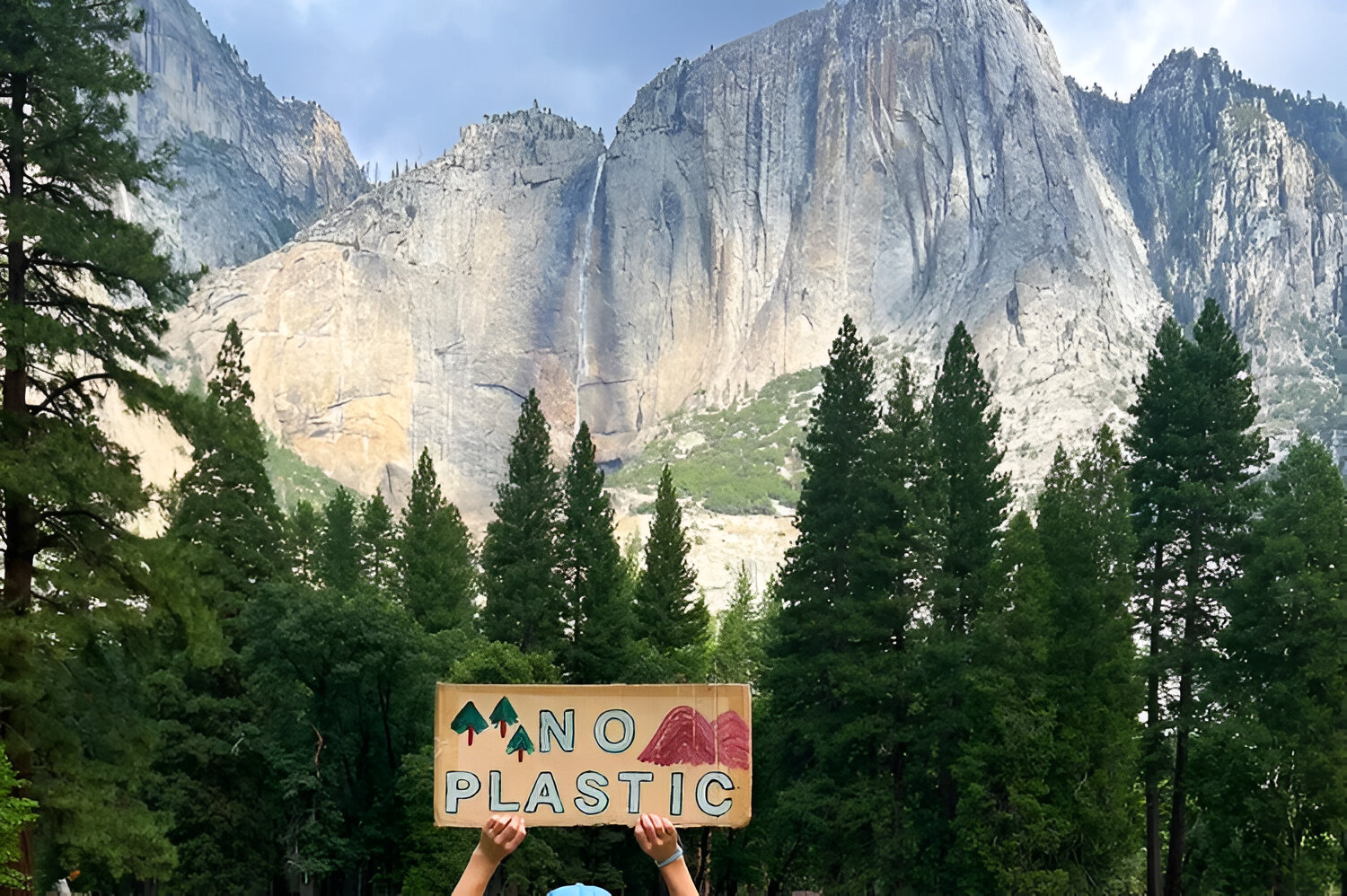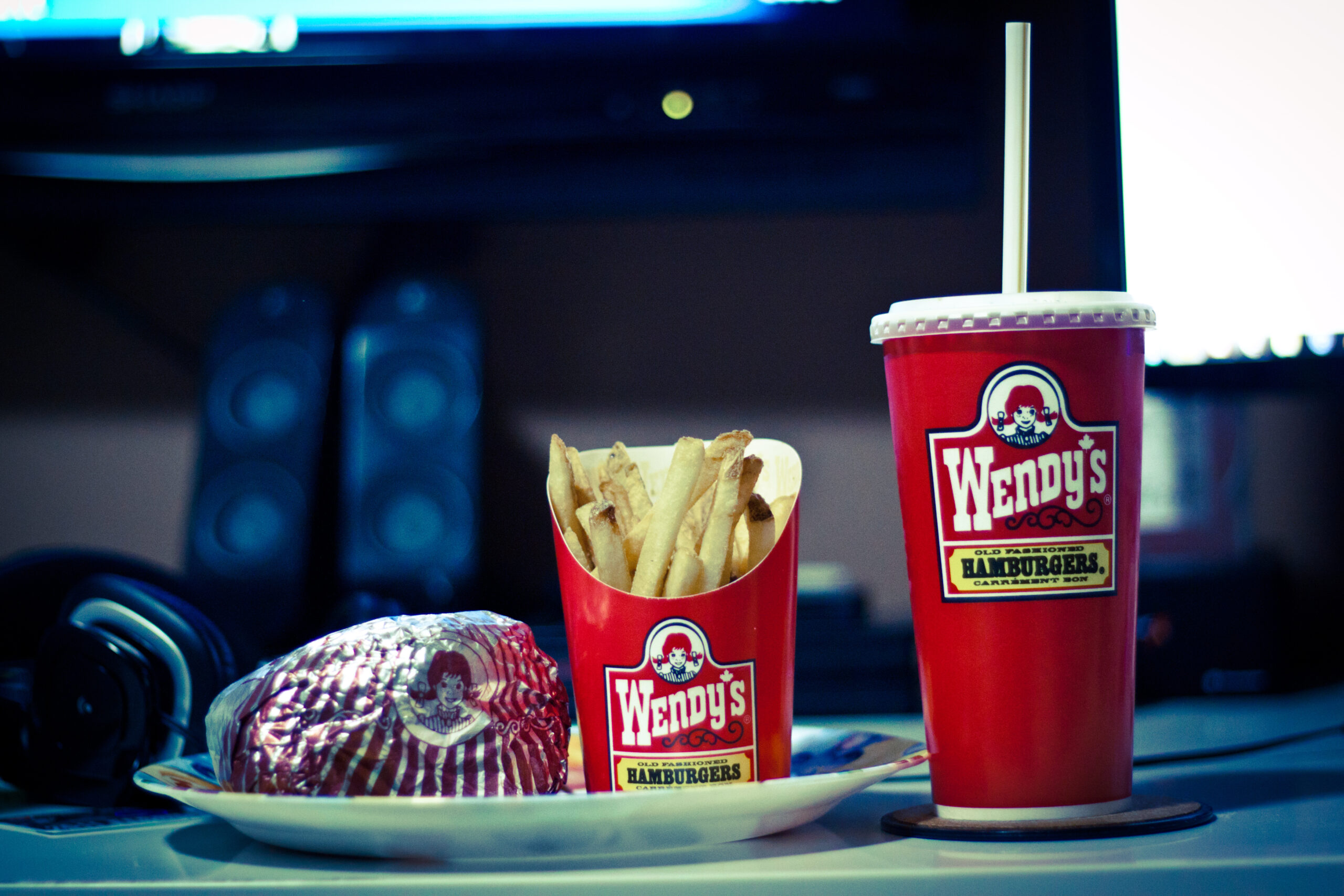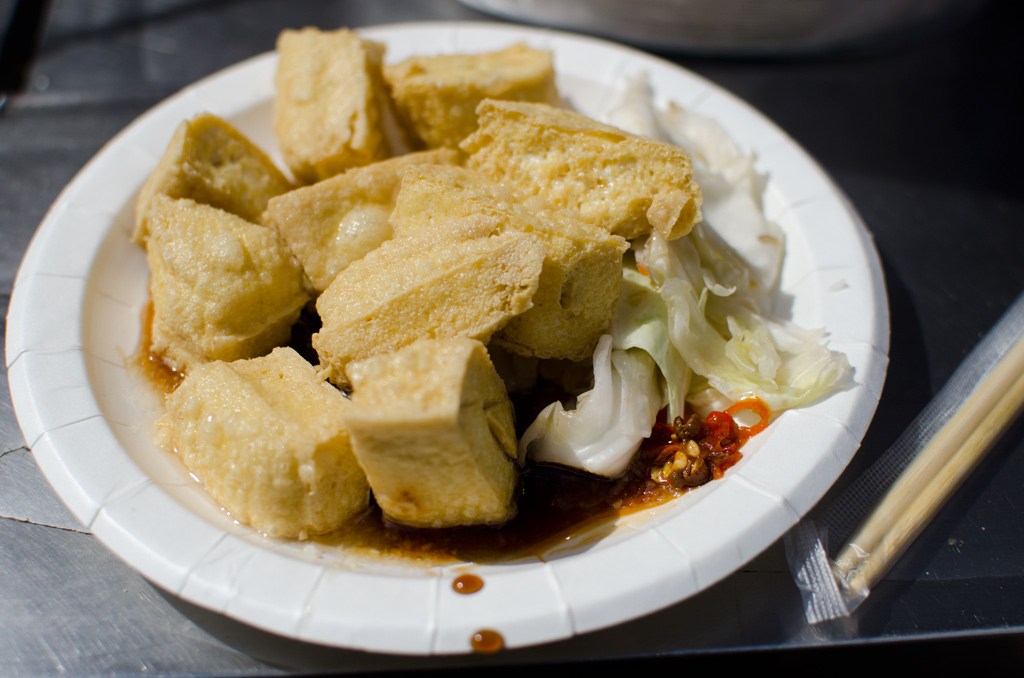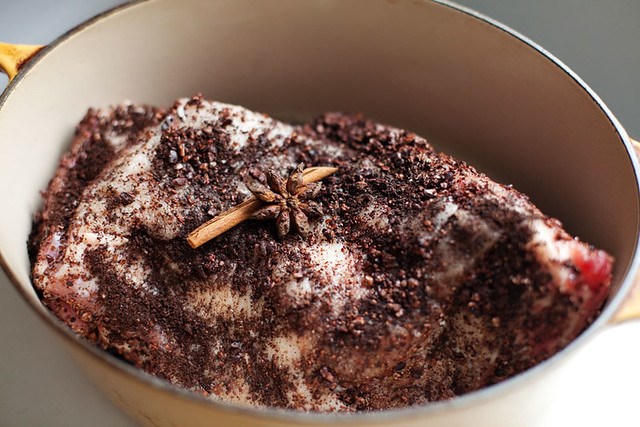The 5 Gyres Institute is turning this environmental faux pas into an opportunity through their fourth annual Plastic-Free Parks TrashBlitz project. Like a masterful chef who transforms yesterday’s bread into today’s transcendent bread pudding, this initiative recycles the act of picking up litter into valuable data collection. The project’s main ingredient? A smartphone app that lets visitors document trash with the meticulous attention to detail that San Francisco bartenders reserve for craft cocktails.
According to the 5 Gyres Institute, the TrashBlitz app collects critical information about waste found in national parks, including item type, material, and brand name. This data helps identify which companies’ products are most frequently discarded in these protected spaces, creating accountability for corporate environmental impact in some of America’s most treasured landscapes.
The Unappetizing Truth: National Parks’ 75% Plastic Problem
The data gathered by this army of voluntourists paints a revealing portrait of American consumption habits. Over three years of collection, approximately 75% of all waste recorded has been plastic—a statistic about as surprising as finding avocado toast on a Brooklyn brunch menu. The usual suspects dominate this environmental rap sheet: food wrappers, beverage bottles, and cigarette butts, primarily from brands like Coca-Cola, Pepsi, Gatorade, Marlboro, and Camel.
During organized cleanups in national parks, volunteers have documented substantial amounts of single-use plastics in various locations. (Remember that scene in Wall-E where the little robot finds a single living plant amidst mountains of waste? The national parks aren’t quite there yet, but the parallel feels uncomfortably prophetic.) As entertainment giants like Universal Studios expand their footprint and engage in cross-country promotional efforts, the environmental impact of such large-scale operations becomes part of the broader sustainability conversation.
Corporate Fingerprints in Paradise: Tracking Brands That Pollute Public Lands
The TrashBlitz experience offers a choose-your-own-adventure approach to conservation. Park visitors download the app, document trash found during their journey, and contribute to a dataset that helps inform both policy decisions and corporate sustainability practices. It’s rather like the difference between passively consuming a tasting menu and learning the stories behind each ingredient’s journey to your plate.
The 5 Gyres Institute explains that participants experience both immediate satisfaction from removing waste and long-term fulfillment knowing their data contributes to systemic change. This connection between individual action and collective impact creates a uniquely fulfilling experience—the conservation equivalent of a perfectly executed souffle that looks impressive while being accessible to make.
The findings from TrashBlitz data collection efforts are compiled into annual reports that highlight pollution trends and identify the most common types of waste found in national parks. These reports provide science-based recommendations for reducing plastic pollution and are used to support legislation like the Reducing Waste in National Parks Act.
Conservation à la Carte: How Everyday Hikers Become Citizen Scientists
For those planning their next national park pilgrimage, consider adding the TrashBlitz app to your essential packing list, right between bear spray and that fancy trail mix nobody finishes. While your selfie at Delicate Arch might earn temporary social media clout, your contribution to environmental data collection could help preserve these natural dining rooms for generations of future visitors. Volunteers can participate and collect data through October 31, 2025.
After all, the most memorable meals often leave no trace—a philosophy that applies beautifully to both fine dining and national park visitation. In both realms, it’s what you take away in memory rather than doggy bags that matters most.


















